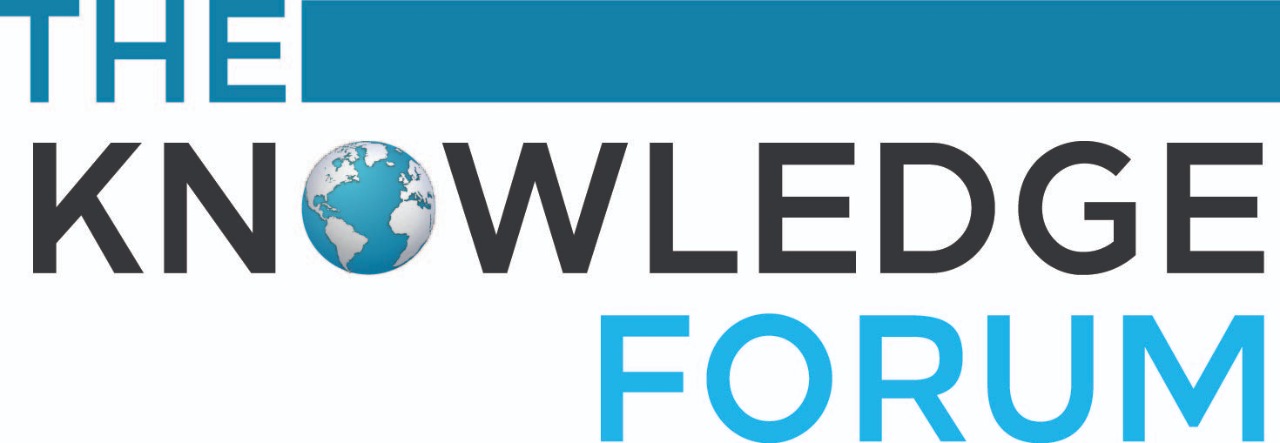Pakistan Bulletin
An up-to-date and informed analysis of key issues of Pakistan.
Pakistan’s Perpetual Debt Crisis
August 2023
Distressed by economic meltdown and political crisis, Pakistan entered into its 23rd programme with IMF in July 2023. The article analyses how the country’s reluctance to undertake policy actions for macroeconomic stabilisation – an IMF prescription – keeps pushing it back into a never ending cycle of dependency on external creditors.
What this brief history shows that Pakistan always ran out of its fiscal prudence steam in a short period of time soon after or even during a mid-term programme. Loss of fiscal prudence put a strain not only on fiscal accounts, but also translated into widening of current account deficit that evaporated foreign exchange reserves slowly first, and rapidly later with the continuation of fiscal and monetary imprudence. The country’s citizens are all familiar with this story of reserves buildup and depletion accompanied by boom-and-bust cycles of growth with high inflation. Will the future of Pakistan be any different? Will it be able to get out of the IMF programmes and start relying on domestic resource mobilisation through tax revenues, economising on expenditures and export promotion?
Phasing out from IMF would require implementation of wide-ranging reforms in Pakistan. Fiscal and administrative reforms are needed to raise tax-to-GDP ratio and economising on expenditures.
Fiscal excesses by the government almost always spill over to widen the current account deficits. If the exchange rate is not managed properly, it plays havoc on foreign exchange reserves. Fascination of Pakistani authorities with fixed or overvalued exchange rate is well-known. This subsidises imports, penalises exports, promotes consumption, and depletes precious reserves.
Phasing out from IMF would require implementation of wide-ranging reforms in Pakistan. Fiscal and administrative reforms are needed to raise tax-to-GDP ratio and economising on expenditures. Meaningful reforms in state-owned enterprises are needed to end their fiscal burden and increase their productivity. Energy sector reforms are needed to eliminate the buildup of the circular debt. Civil service reforms are needed to enhance governance and efficiency. This is not an exhaustive list; reforms are needed in every sector of the economy. The weight of history is against Pakistan getting rid of the IMF. What is ironic is that all these things are doable.
Riaz Riazuddin
Author
The author is a former Deputy Governor, State Bank of Pakistan.

Get the latest news and updates from our team
